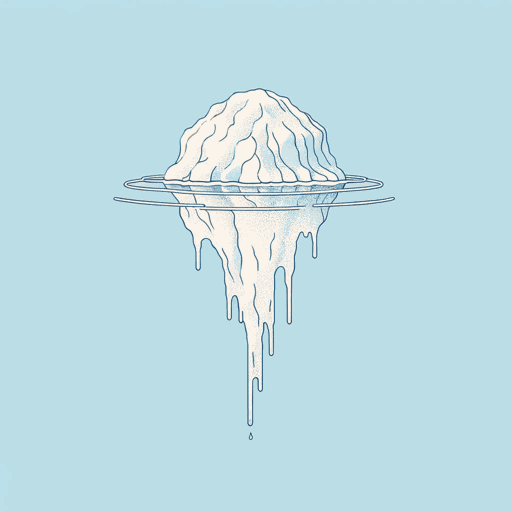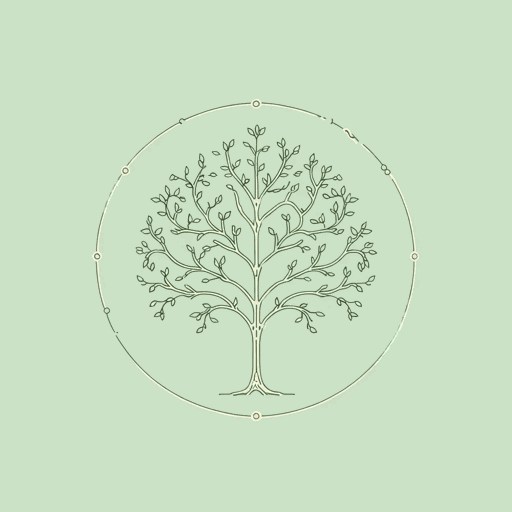41 pages • 1 hour read
Hope JahrenThe Story of More: How We Got to Climate Change and Where to Go from Here
Nonfiction | Book | Adult | Published in 2020A modern alternative to SparkNotes and CliffsNotes, SuperSummary offers high-quality Study Guides with detailed chapter summaries and analysis of major themes, characters, and more.
Part 2, Chapters 8-9Chapter Summaries & Analyses
Part 2: “Food”
Part 2, Chapter 8 Summary: “Making Sugar”
In this short chapter, Jahren analyzes sugar. Convenience foods, including packaged goods and easy-to-prepare meals, are usually packed with sugar. Currently, three-fourths of all foods that Americans buy have added sugar to enhance their taste and marketability. Sugar derives from multiple products, including sugar cane or beets. High-fructose corn syrup (HFCS) is a byproduct of corn and is now an extremely common sweetener in foods. “Today,” Jahren writes, “one out of every three calories from sugar in the American diet is consumed as HFCS” (69). It’s also a product that America exports to other countries. HFCS is not necessarily unhealthier than table sugar, but neither is beneficial.
Part 2, Chapter 9 Summary: “Throwing It All Away”
Jahren opens with the history of sewers in St. Paul, Minnesota, which transport and dispose of the 2 pounds of solid waste and 10 pounds of urine that each individual creates every week. In a city the size of St. Paul, that’s 36 tons of feces and 150,000 gallons of urine every single day. Sewer systems transport the waste to facilities that treat, settle, and filter it before returning it as water to nearby rivers, ponds, or the ocean. Americans depend on this extensive network of waste-related infrastructure, much of which has not been updated in decades.


